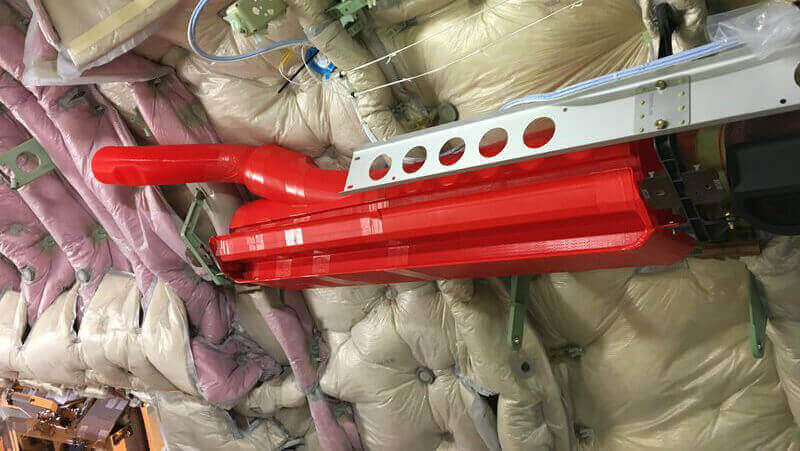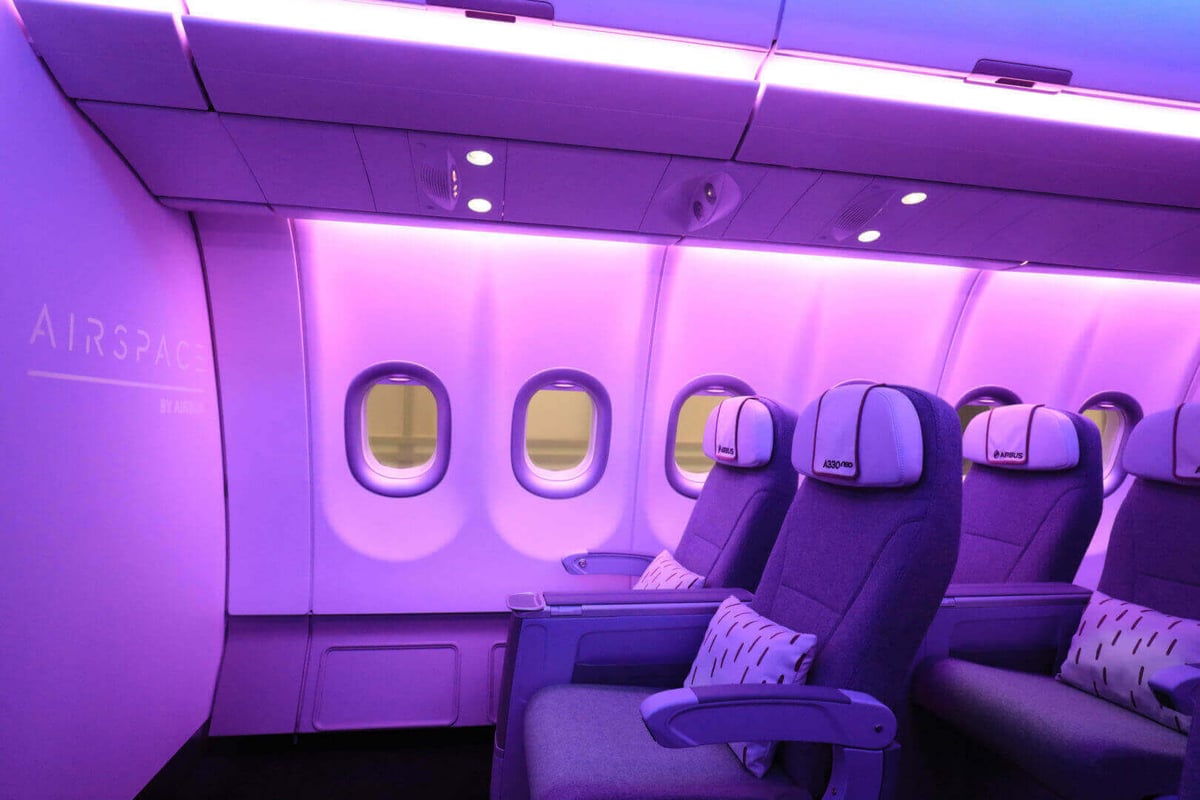Furthering its use of additive manufacturing throughout the design and parts production process, Airbus integrates 3D printed pieces in its new aircraft.
Boeing to Build Quicker and Cheaper Satellites with 3D Printing
Additive manufacturing is slowly but surely eking its way in to the aerospace industry. It seems a natural fit that the complex and weight-saving designs unlocked by 3D printing will become commonplace.
Airbus makes use of 3D printed parts to help achieve its “Airspace by Airbus” concept. This concept, spearheaded by its new A330neo aircraft, prioritizes passenger comfort.
The 3D printed part in question is a prototype air nozzle. As part of the climate control system, it lies within the larger-than-usual overhead lockers in the new A330neo and A350XWB planes.
The person responsible for facilitating the rapid testing and roll-out of new ideas and parts is Marc Carré. He is the Mock-Up Integrator for Manufacturing at Airbus Commercial Aircraft. Carré explains:
“Operators come to me with a specific need and we discuss what’s possible, then I build a customized, computer-generated solution for manufacturing with the 3D printer.”
Airbus also uses 3D printing in other areas of the production process. Recently, templates for drilling parts for the company’s new BelugaXL cargo aircraft were produced using additive manufacturing.

3D Printing Airplane Parts: Airbus, Siemens, and More
The company’s new air nozzle isn’t the first, and won’t be the last we hear of 3D printing revolutionizing aircraft.
In fact, just last year a collaboration between Airbus and Autodesk produced a 3D printed weight-saving partition wall. The wall drew inspiration from cellular and bone structures, and successfully test flew aboard an A320 plane.
Additionally, unveiled just this week, a flagship pilot project in the UAE between Siemens, Strata and Etihad Airways’ Engineering wing reached its completion. In it, the trio developed, manufactured and certified a 3D printed part – the surrounding frame for seat-back media screens. They claim it is the first such production in the Middle East.
And looking to the exterior of the aircraft, new research conducted by BAE Systems and City, University of London has revealed the possibilities of 3D printed polymer filaments on aircraft. The research closely examined the feathers of the peregrine falcon, which can dive in high winds to speeds exceeding 200mph. Their findings indicate that the feathers’ structure, when applied to aircraft, could improve airspeed monitoring and provide an early warning system against stalling.
Source: Airbus

License: The text of "Airbus Debuts Space Saving 3D Printed Part For Its New Jets" by All3DP is licensed under a Creative Commons Attribution 4.0 International License.